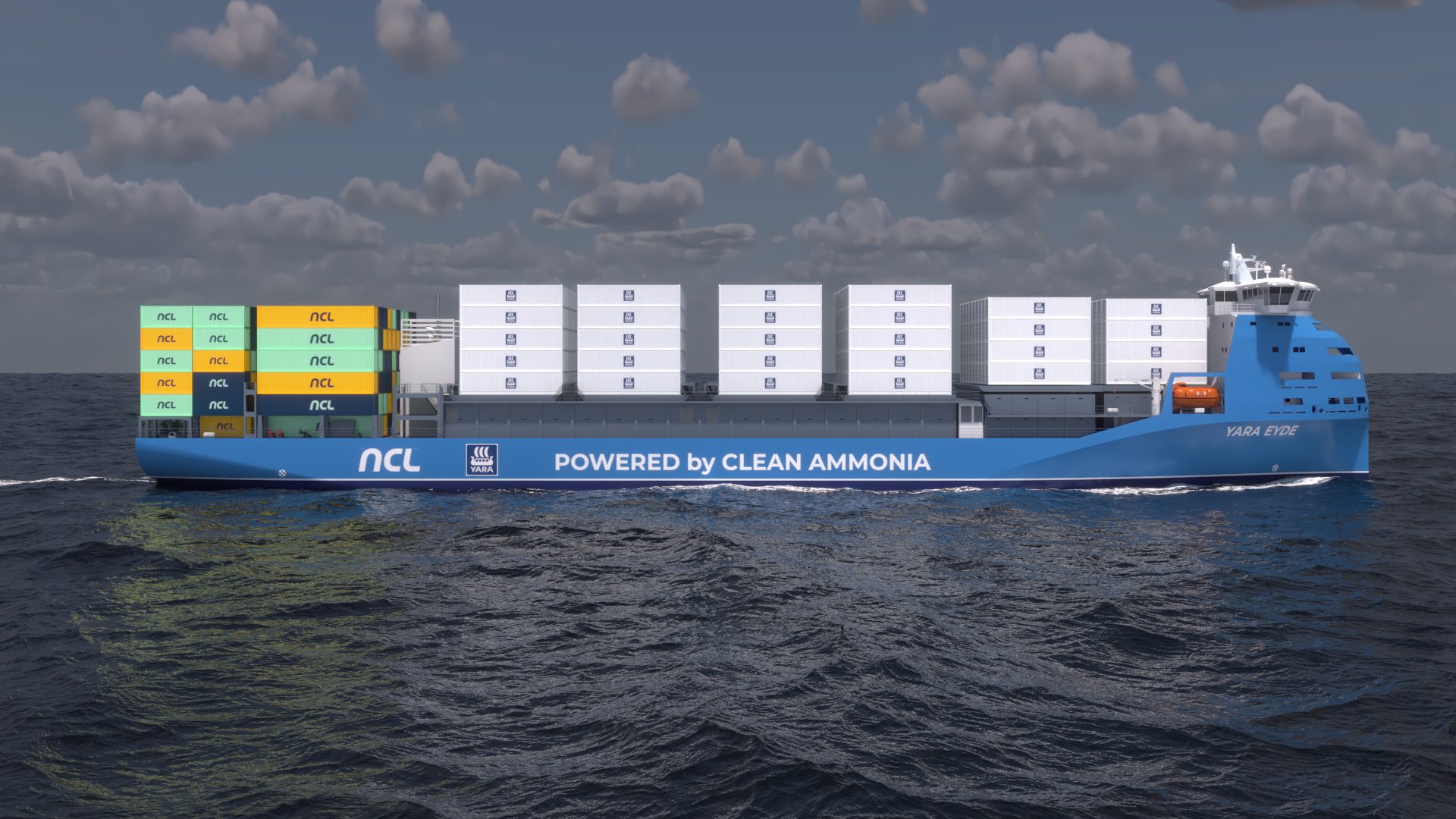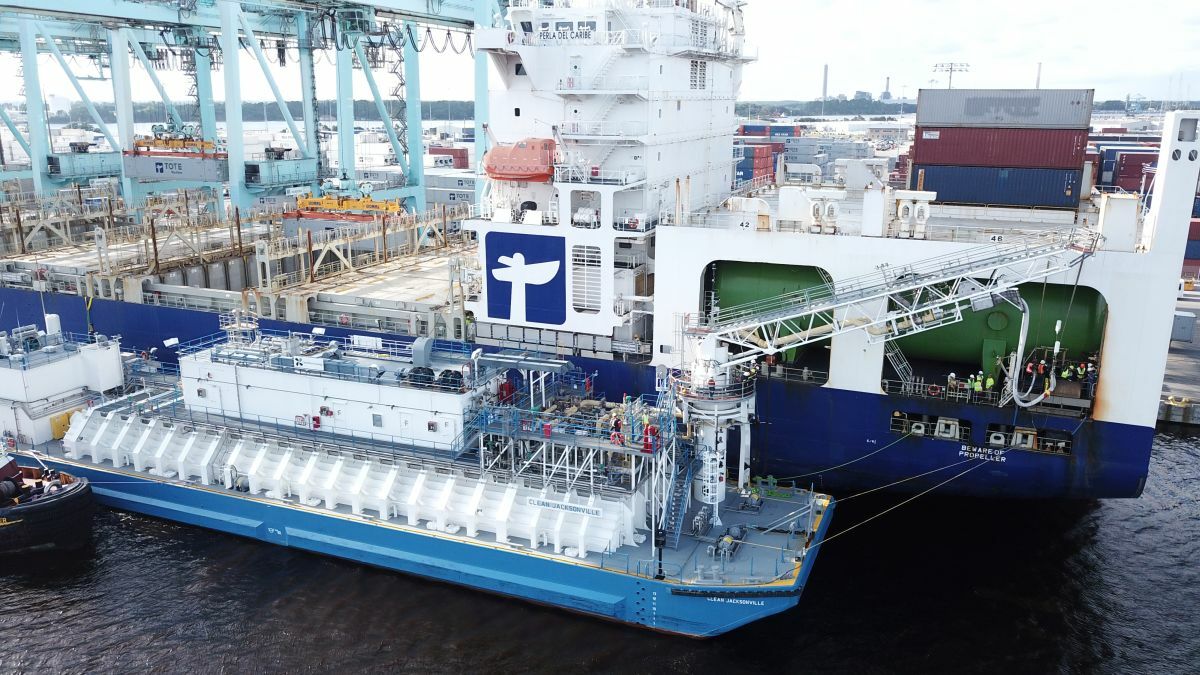By Mikael Holter (Bloomberg) — Three of the world’s biggest oil companies called on Norway to help maintain funding for carbon capture and storage technology that is stagnating amid concerns about whether it can ever be cost-effective.
The chief executive officers of Royal Dutch Shell Plc, Total SA and Norway’s state-controlled Statoil ASA gathered on the sidelines of an energy conference in Oslo to make the case for a flagship Norwegian project, in which the companies plan to store CO2 emissions under the North Sea after they’ve been shipped and piped from onshore industrial plants.
Their remarks are aimed at the Norwegian parliament, which is due to decide in the coming months on whether to take the project forward. At stake is whether taxpayers will help support investments of as much as 12.6 billion kroner ($1.6 billion) in addition to annual running costs of as much as 890 million kroner. With costs plunging rapidly for rival green technologies such as wind and solar power, the price-tag on CCS along with the complications of making projects work is raising question marks over whether it can ever be viable worldwide.
“It’s stagnating, and we need to speed this up,” Statoil CEO Eldar Saetre said in an interview with his counterparts Ben van Beurden from Shell and Total’s Patrick Pouyanne. “The Norwegian project is, on that background, extremely important.”
Norway’s support for CCS would help boost the case for the oil companies to back the project. A final investment decision won’t be made until 2019.
Worldwide, CCS is struggling to advance even though the International Energy Agency says it’s one of the key ways the world will roll back greenhouse-gas emissions in future decades. The technology siphons off carbon dioxide from factory and power plant smokestacks then injects it into underground rock formations, holding the gas there forever to prevent it from warming the Earth’s atmosphere.
While CCS has been shown to work in dozens of demonstrator projects, only 17 large-scale plants are now operating worldwide. Of those, in all except four the gas is used to boost oil production in aging fields, according to the Global CCS Institute, an industry group promoting the technology. Only one project has been green-lighted since 2014.
Norway’s Plan
Norway, which had to abandon a full-scale CCS project in the past, now plans to have emissions from as many as three industrial sites in the country’s east shipped to the west coast, compressed and piped to a reservoir near the Troll oil and gas field in the North Sea. The project will have an initial capacity to absorb 1.5 million tons of CO2 a year when it starts in 2022. The oil companies hope to boost that scale later, potentially opening up a commercial market for offshore storage of emissions from sources across Europe.
Questions remain about whether the government will advance funds to make the project happen. Last year, it cut money for the project in its 2018 budget until Parliament decides on a way forward.
The costs “haven’t gotten lower” since the first estimate, Trude Sundset, the CEO of Gassnova SF, the state-owned company in charge of the project, said in a separate phone interview. It’s still unclear how the government and the industry will share expenses, and the three oil CEOs declined to comment on the issue during the interview.
“You need a lot of subsidies to make this work,” Saetre said. “It’s still early days, so I see the need to sort of anchor this politically in a budgetary context. But I’m pretty confident that we will be able to move forward.”
The IEA has estimated that CCS must deliver 12 percent of the cumulative emission cuts needed by 2050 to limit global warming to 2 degrees Celsius — a target endorsed by almost 200 nations that signed up to the 2015 Paris Agreement on climate change.
Cheaper wind and solar power are raising questions whether CCS will ever be cheap enough to be a competitive way to cut emissions. The U.K. government slashed funding of 1 billion pounds ($1.4 billion) in 2015 for CCS after running a competition to build a project that drew interest from Shell, SSE Plc, Alstom SA and BOC Group Ltd.
Shell’s CEO said CCS remains essential for industrial polluters. “Industry is as large an emitter as power when it comes to CO2, and has no alternative in the form of renewables,” van Beurden said. “You do not have a solar route to making cement.”
While some projects are at least partially financed by using the captured CO2 — either in a chemical process or in pushing oil out of reservoirs — the large-scale deployment of CCS will require a higher price on carbon, the three CEOs said. In the meantime, taxpayers will need to contend with the societal value that’s created.
It has been a “tragedy” for CCS that the public cost is so visible and the results less appealing than the subsidized deployment of electric cars, for example, van Beurden said.
“It’s more complex to convince people in the street that it’s nice, because it’s not green,” said Pouyanne from Total. “Taking CO2 to put it in storage seems to be sort of a waste bin, you know. But no, we need to master this technology. It’s important for the world.”
© 2018 Bloomberg L.P

 Join The Club
Join The Club











